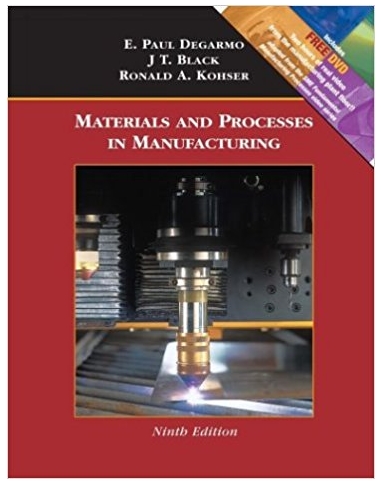One of the important considerations when selecting a material for an application is to determine the highest
Question:
a. Which of the common engineering materials exhibits a ductile-to-brittle transition?
b. For plain carbon and low-alloy steels, what is a typical value (or range of values) for the transition temperature?
c. What type of material would you recommend for construction of a small vessel to transport liquid nitrogen within a building or laboratory?
d. Figure 2P-1 summarizes the results of impact testing performed on hull plate from the RMS Titanic and similar material produced for modern steel-hulled ships. Why should there be a difference between specimens cut longitudinally (along the rolling direction) and transversely (across the rolling direction)? What advances in steel making have led to the significant improvement in low-temperature impact properties?
.png)
Fantastic news! We've Found the answer you've been seeking!
Step by Step Answer:
Related Book For 

Materials and process in manufacturing
ISBN: 978-0471656531
9th edition
Authors: E. Paul DeGarmo, J T. Black, Ronald A. Kohser
Question Posted:





